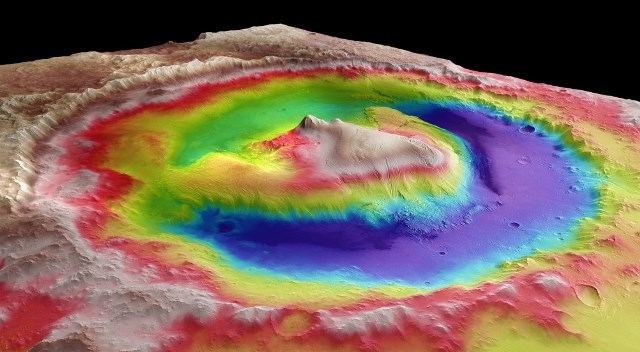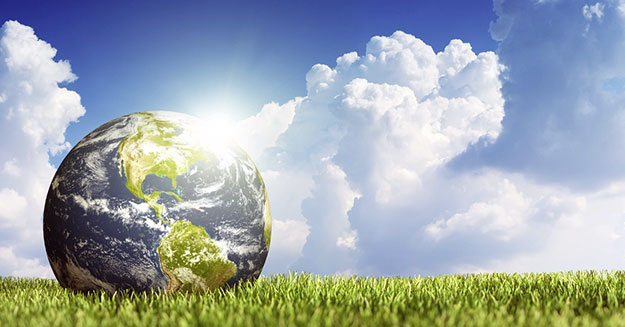Showers are one of the top contributors to water usage, and waste, in the household. The makers of the Eva Bluetooth-connected shower head claim it can help you cut that water consumption in half by making sure water only pours down when you actually need it. A free companion app also tracks your water usage, compares it with other users and motivates you to keep saving in the long run, aiming to have the device pay for itself in just one year.
 The Environmental Protection Agency (EPA) puts the average shower at 8 minutes and 18 gallons (about 70 liters) of water, amounting to over one trillion gallons (3.8 trillion liters) a year for the US alone. As droughts are making water a very expensive commodity in some places, we’re seeing all sorts of new approaches to reducing water consumption in the shower, ranging from closed-loop recycling adapted from the Space Shuttle to systems that inject tiny air bubbles into the water droplets. Read more
The Environmental Protection Agency (EPA) puts the average shower at 8 minutes and 18 gallons (about 70 liters) of water, amounting to over one trillion gallons (3.8 trillion liters) a year for the US alone. As droughts are making water a very expensive commodity in some places, we’re seeing all sorts of new approaches to reducing water consumption in the shower, ranging from closed-loop recycling adapted from the Space Shuttle to systems that inject tiny air bubbles into the water droplets. Read more











